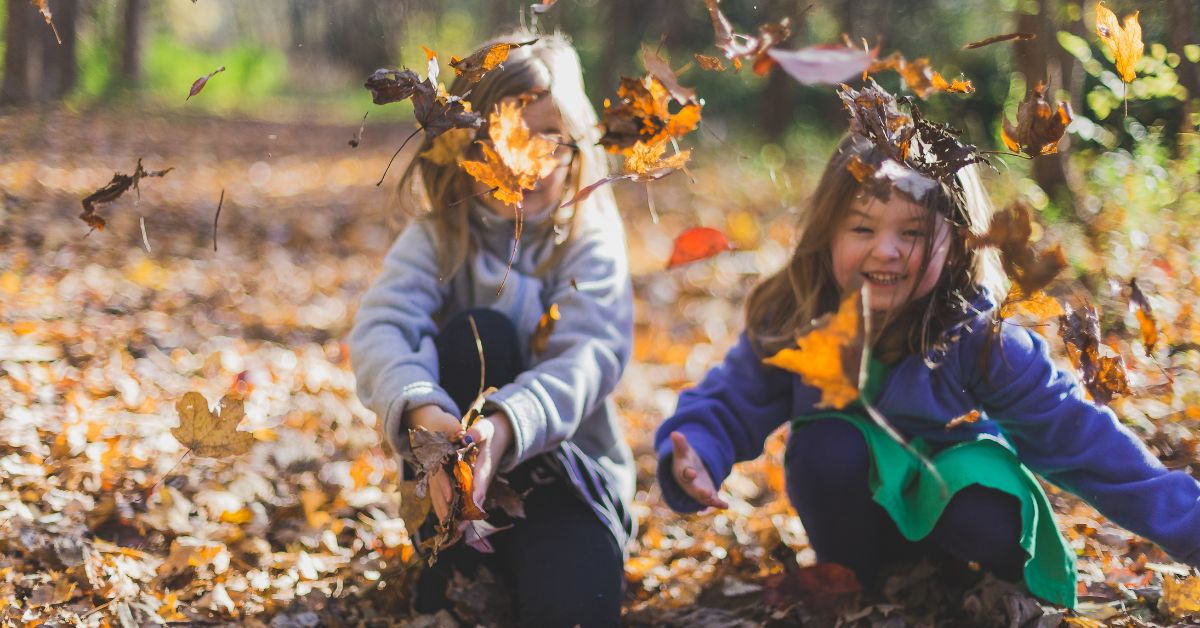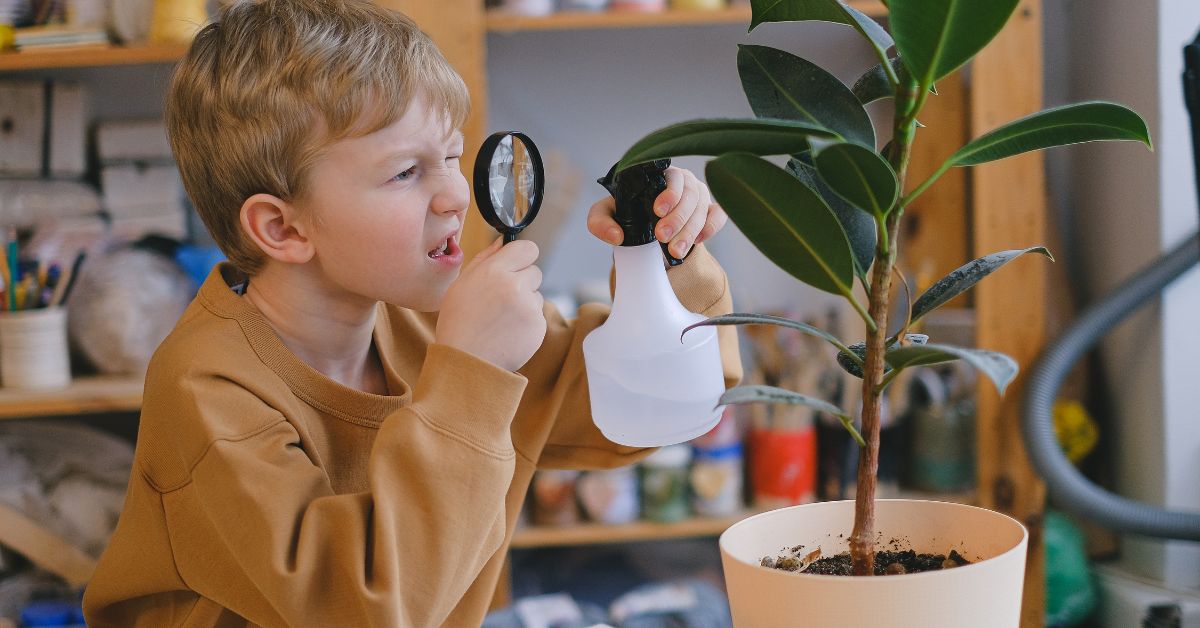In the world of homeschooling, creativity plays a pivotal role in sparking a child’s interest and imagination. Bringing elements of nature, like snow, leaves, and twigs, into your teaching can transform ordinary lessons into extraordinary adventures. This unique approach not only offers an exciting twist to conventional learning but also connects young minds with the environment.
For homeschooling parents striving to keep their curriculum fresh and engaging, nature-based learning activities offer a treasure trove of opportunities. This post will guide you through the multitude of benefits and practical ideas to seamlessly incorporate these natural elements into your homeschooling routine. You’ll discover how to create the best nature-based homeschool curriculum that fosters both learning and discovery.
The Educational Value Of Nature
Nature is a boundless source of inspiration and learning. Integrating natural elements into educational activities can significantly enhance a child’s learning experience. One of the most compelling benefits is the boost in creativity.
By using materials found in nature, children can explore, experiment, and create, which supports innovative thinking. This hands-on interaction with the natural world encourages them to think outside the box, solving problems and generating new ideas.
In addition to creativity, nature-based learning activities greatly enhance observation skills. When children engage with the natural environment, they become more attuned to the details around them. Observing the intricate patterns on leaves, the structural design of twigs, or the different textures of snow sparks curiosity and a deeper understanding of the world. This heightened awareness extends beyond nature itself, sharpening a child’s ability to notice details in various contexts, which is essential for academic success.

Physical activity, often overlooked in traditional learning settings, is another benefit of incorporating nature into education. Outdoor activities involving natural elements promote movement and exercise, contributing to a child’s physical well-being. Whether it’s running through leaves, building with twigs, or manipulating snow for experiments, these activities encourage active participation and physical engagement, which are crucial for healthy development. By merging learning with nature, parents can create an enriching and holistic educational experience at home.
Snow Days Learning Through Winter Play
Winter brings a magical element to homeschooling with its blanket of snow, offering countless opportunities for creative and educational activities. Snow can be a fantastic tool for science experiments, where children can explore concepts like freezing and melting points or the water cycle. By packing snow into different shapes and observing how it changes over time, kids can learn about states of matter in an interactive way. These nature-based learning activities are perfect for engaging young minds while teaching scientific principles in a fun context.
Math activities can also take on a new dimension with the use of snow. Creating snow sculptures can involve geometry and measurement as children calculate the dimensions of their creations. Counting snowballs or estimating distances can introduce basic arithmetic concepts in a playful setting. These activities integrate math into the natural environment, showing children how numbers and calculations apply to the real world. It’s an excellent way to incorporate the best nature-based homeschool curriculum into your winter teaching strategy.
Creative writing prompts inspired by snowy landscapes can ignite a child’s imagination and storytelling skills. Encourage your child to pen a story set in a winter wonderland or describe the magical transformation of their backyard under a layer of snow. This not only enhances writing abilities but also connects literary creativity with the natural world. By incorporating these activities into your homeschool curriculum, you provide a comprehensive learning experience that combines literacy with nature-based exploration.
Autumn Adventures Teaching With Leaves
Autumn, with its vibrant display of falling leaves, offers an array of educational possibilities for homeschooling parents. Leaf identification can serve as an engaging introduction to biology and plant science. Children can collect various leaves, examine their shapes and colors, and use guidebooks or apps to identify different tree species. This activity not only educates children about the natural world but also sharpens their research and critical thinking skills.
Art projects using leaves can transform ordinary lessons into extraordinary art sessions. Encourage your child to make leaf rubbings, create collages, or craft leaf crowns. These activities stimulate creativity while teaching about texture, symmetry, and color.
By utilizing leaves in art, you’re fostering an appreciation for the beauty of nature and encouraging artistic expression. It’s a delightful way to include nature-based learning activities at home that resonate with artistic children.
Learning about photosynthesis becomes a tangible experience when using leaves. Children can observe the changing colors and discuss the science behind it, linking the visual transformation to broader biological processes. Conducting simple experiments, like placing leaves in sunlight and observing their reactions, can deepen understanding. This intersection of science and nature provides a memorable learning experience, solidifying concepts in a way that textbooks cannot. By integrating these leaf-related activities, parents can ensure a dynamic and enriching educational environment.
Winter Wonders Making The Most Of Twigs And Branches
Twigs and branches, often overlooked, can be powerful educational tools when brought indoors for homeschooling. Crafting with twigs can develop fine motor skills and artistic creativity. Encourage your children to build small structures, create sculptures, or design nature-inspired jewelry. These activities promote dexterity, patience, and an appreciation for the natural forms found in the world around us.
Using twigs as building tools opens up opportunities for engineering and mathematical exploration. Children can construct geometric shapes or even simple architectural models using twigs as building blocks. This hands-on approach makes abstract math concepts more tangible and understandable. By incorporating these activities, parents are laying the foundation for a robust and practical understanding of geometry and spatial reasoning.
Mathematical manipulatives made from twigs can also be a great resource for teaching counting, addition, and subtraction. Twigs can serve as counters or visual aids for solving math problems, making abstract concepts more accessible to young learners. These nature-based learning activities at home transform everyday math lessons into interactive and engaging sessions, fostering a deep and intuitive understanding of numbers and calculations.
Bringing nature into your homeschool curriculum is not just an innovative way to engage young learners—it’s a vital component of a well-rounded education. The integration of snow, leaves, and twigs can transform mundane lessons into memorable experiences, sparking curiosity and fostering a love for learning.
By leveraging the best nature-based homeschool curriculum, parents can provide their children with a rich and diverse educational experience that transcends traditional methods. Nature-based learning activities encourage creativity, enhance observation skills, and promote physical activity—all crucial components of a child’s development. By incorporating these elements into your teaching, you’re not only enriching your child’s educational experience but also nurturing a lifelong appreciation for the natural world.
Take the next step in your homeschooling journey by experimenting with these ideas and adapting them to fit your curriculum. Nature offers endless opportunities for exploration and discovery, and by bringing these elements inside, you’re creating a vibrant and dynamic learning environment. Consider reaching out to homeschooling communities or educational resources for additional support and inspiration. Together, let’s create a generation of learners who are connected to their environment and excited about the world around them.



